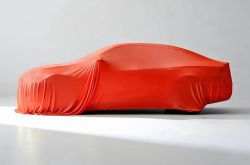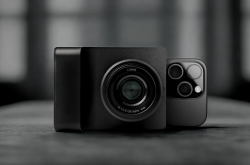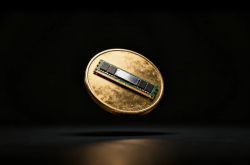Xiaomi and Huawei Step into the Ultra-Thin Smartphone Realm: Is the Air Phone Era on the Horizon?
![]() 10/30 2025
10/30 2025
![]() 383
383
An ultra-thin design is a harbinger of the future trend in the smartphone industry.
Amidst a flurry of new products being branded as 'AI Phones', the iPhone Air emerges as somewhat of an outlier. Lacking the enhanced computing capabilities or revolutionary imaging systems of its peers, it nevertheless managed to capture the industry's attention by claiming to be the 'lightest flagship smartphone ever'. This bold assertion has sparked a wave of imitations across the sector.
The moment iPhone adopted the 'Air' moniker, the entire smartphone industry seemed to refocus on sleekness, which once again became the focal point of discussions.
Beyond Apple, China's top five smartphone manufacturers are also actively vying for a stake in the 'Air' market. Recently, offline posters for the Huawei Mate 70 Air surfaced online, hinting at the impending launch of Huawei's first ultra-thin flagship in the Mate series in November. Xiaomi, on the other hand, is evaluating the new 17 Air model, which is set to feature a medium-sized, high-pixel, all-around solution. Additionally, OPPO, Vivo, and Honor are also reported to have relevant plans in the works.
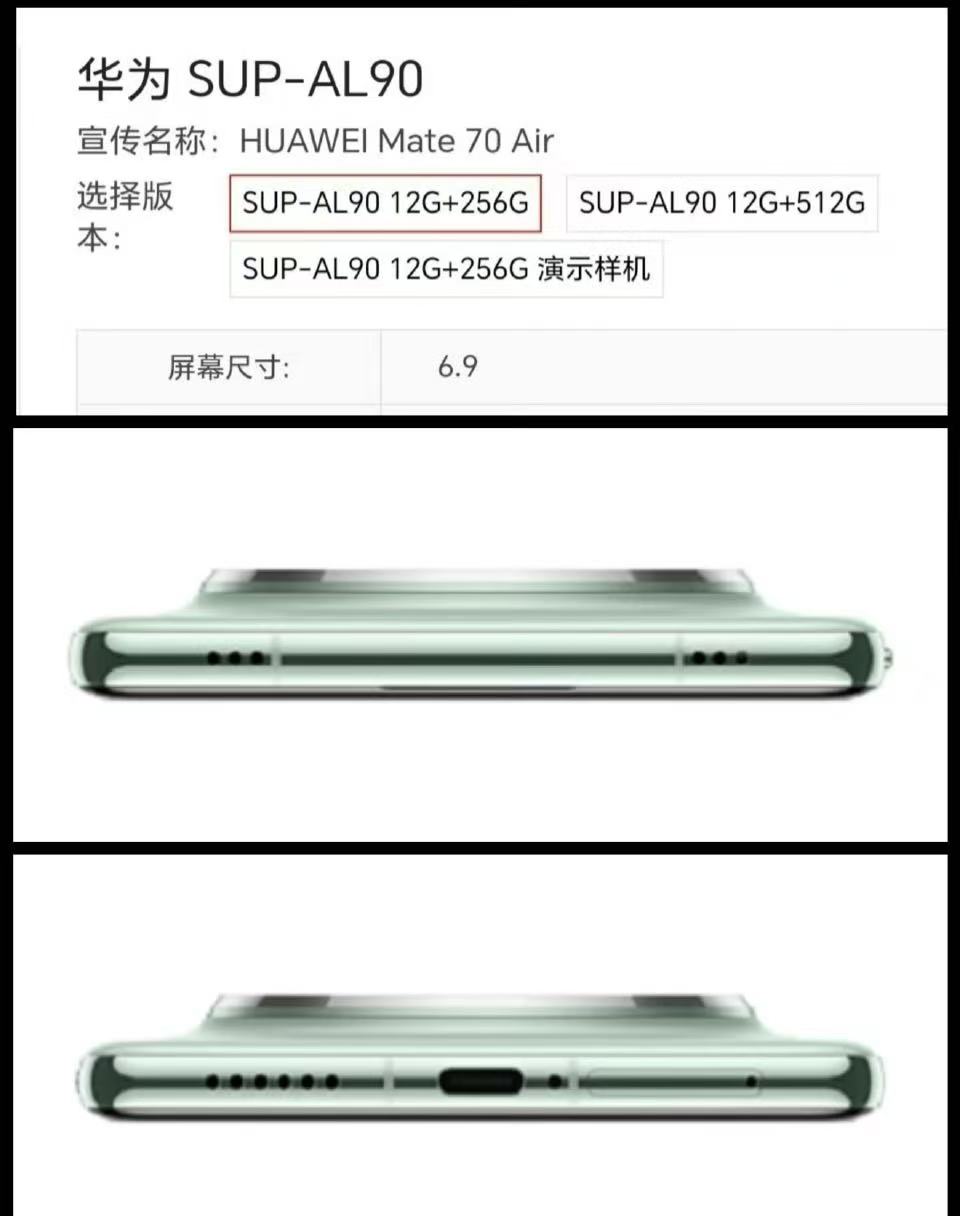
(Image source: Weibo)
Once again, ultra-thin design has emerged as a trend, but do consumers truly embrace 'Air' smartphones?
Why are manufacturers all jumping on the Air smartphone bandwagon?
The quest for thinness in smartphones began in the 4G era. The Vivo X5 Max claimed the title of the 'world's thinnest smartphone' at a mere 4.75mm, while the Huawei P6, OPPO R5, and Xiaomi 5 all vied for supremacy in the 'slim feel' category, with advertisements emphasizing a 'card-like grip'.
As we transitioned into the 5G and AI eras, smartphones became bulkier, with large camera modules, cooling systems, AI acceleration chips, and high-capacity batteries expanding device thickness from 6mm to 9mm and weight from 150 grams to 230 grams. While manufacturers fiercely competed on specifications, 'thinness' became a luxury.
Thus, the debut of the iPhone Air was indeed impressive. However, once 'thinness' became Apple's marketing hallmark, imitation was almost inevitable. Samsung, Tecno, Motorola, Xiaomi, and Huawei—nearly all brands simultaneously launched or revealed models with suffixes like 'Air', 'Slim', or 'Edge'.
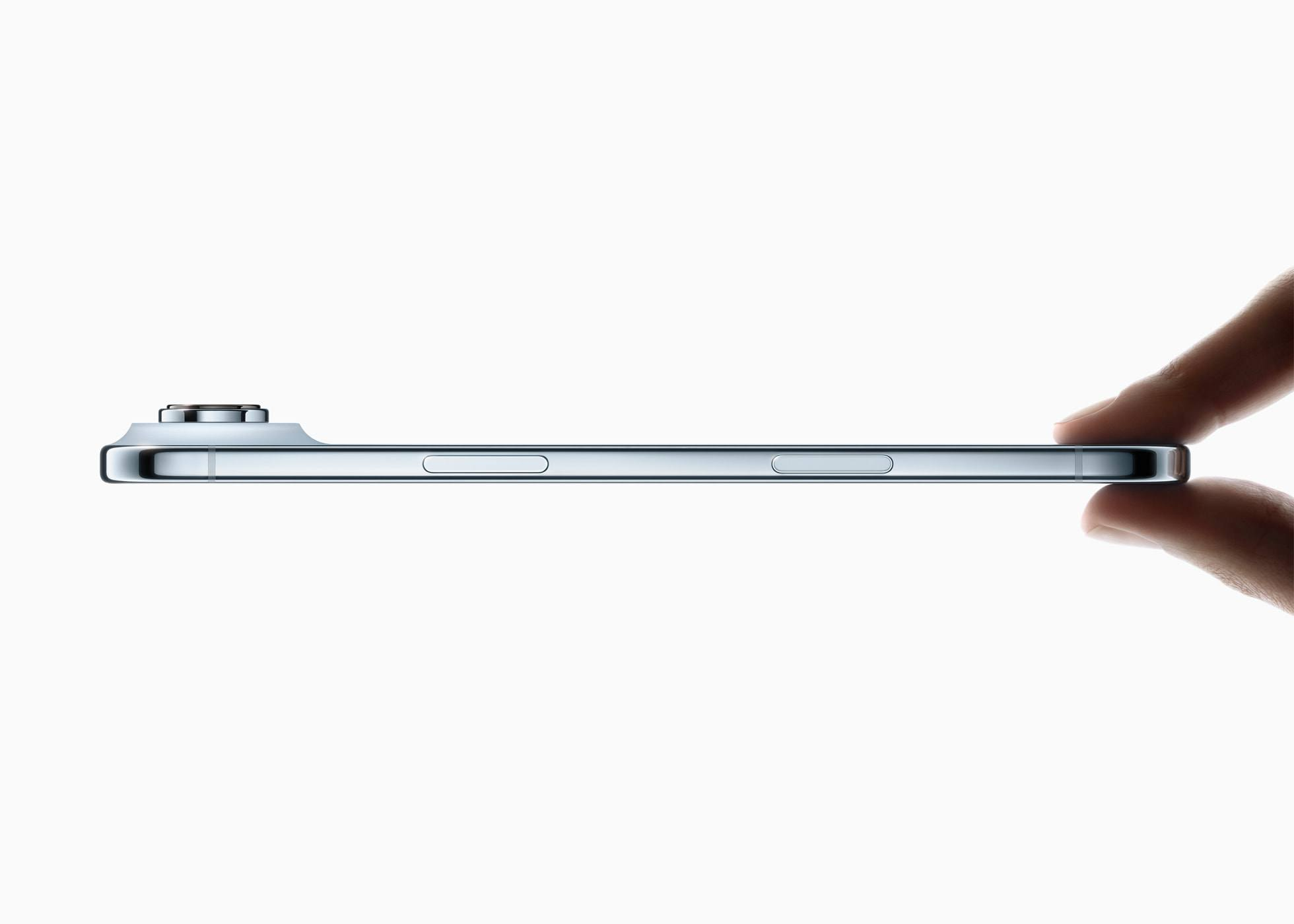
(Image source: Apple)
Overnight, smartphone makers shifted their focus from raw power to prioritizing lightness. This trend towards ultra-thin designs is no mere coincidence.
IDC data reveals that over 70% of users believe 'smartphone performance is already sufficient', with 'feel' and 'weight' becoming their most intuitive criteria when upgrading devices.
Moreover, the increasing bulkiness of flagship phones has begun to backfire. Devices measuring 9mm in thickness and weighing over 200 grams not only accommodate better hardware but also cause fatigue during prolonged use. Female users, in particular, exhibit a stronger preference for 'lightness' than ever before—not just for portability but also for a sense of 'refinement'.
Aesthetic innovation often garners more attention from average consumers than performance upgrades. The iPhone 17 Pro and Xiaomi 17 Pro/Max generated significant buzz this year due to their design changes, driving sales surges.
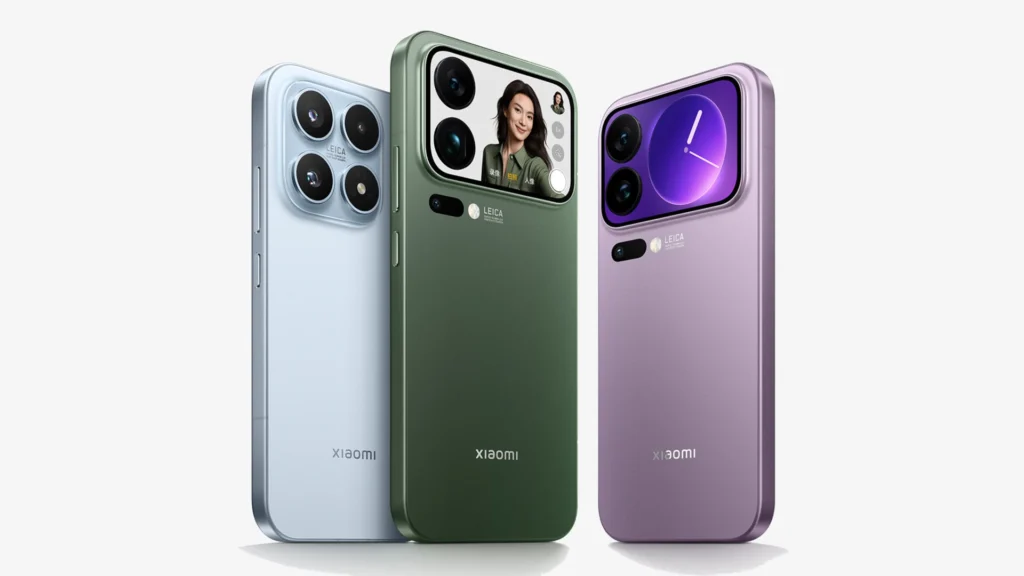
(Image source: Xiaomi Official Website)
Compared to Xiaomi's addition of a secondary screen, achieving ultra-thin designs appears to be the most cost-effective and visually striking approach in terms of external changes. Consequently, we observe smartphone manufacturers flocking to the ultra-thin segment, launching Air models.
However, reality may deal a harsh blow to the market. Manufacturers that have already released ultra-thin smartphones, such as Apple, Samsung, and Tecno, seem to have fallen short of expectations.
Why do Air smartphones receive praise but struggle in sales?
The term 'Air' has indeed become ubiquitous in recent months, but popularity does not necessarily equate to success.
Take the iPhone Air as an example: Apple redefined its product line with a design 'so light it’s barely noticeable'. However, to achieve this weight reduction, Apple compromised on speaker cavity size, reduced battery capacity to about 85% of the Pro model, and adopted a thinner main camera module. Consequently, this lightest flagship became the 'most incomplete' in terms of user experience.
Many users who tried the iPhone Air praised its feel but noted increased overheating, shorter battery life, and subpar audio quality 'uncharacteristic of Apple'. Recent reports suggest that first-round sales of the iPhone Air fell short of Apple's expectations, leading the company to delay subsequent production batches after completing the initial run.
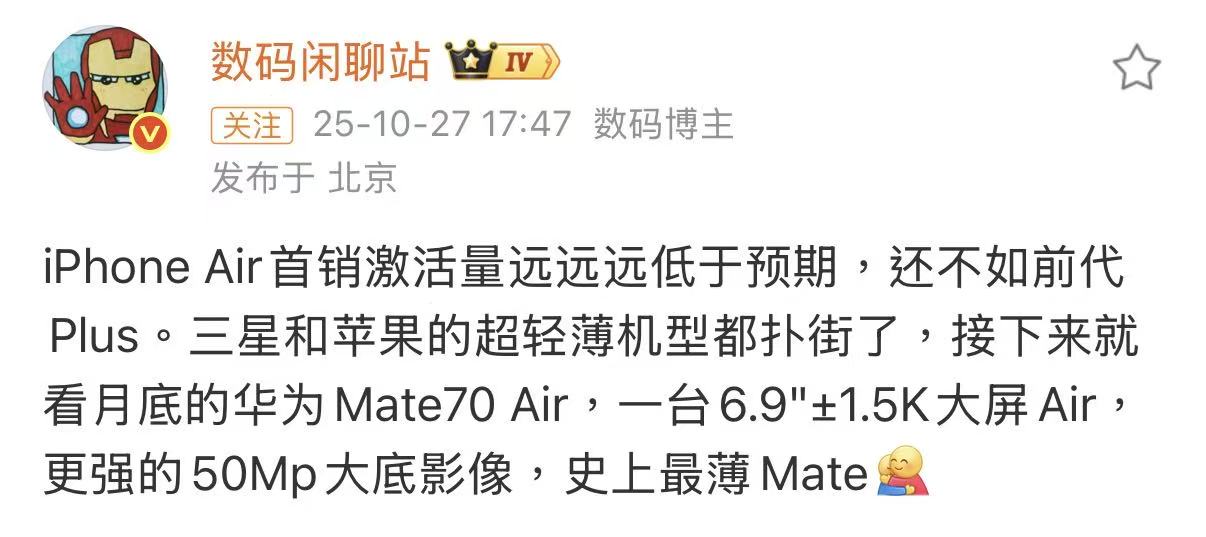
(Image source: Weibo)
A similar situation occurred with Samsung. Compared to the iPhone Air, the Samsung Galaxy S25 Edge represented a more mature ultra-thin smartphone, retaining dual speakers, dual cameras, and a top-tier SoC. However, frequent criticisms about 'reduced battery life', 'overheating and frame drops', and 'downgraded camera modules' caused its reputation to plummet.
Unlike Apple, Samsung urgently halted development of the S25 Edge's successor, temporarily withdrawing from the ultra-thin segment.
It is evident that manufacturers are betting on 'Air' as a second growth engine for their brands. However, so far, it appears more as an emotional resonance point than a turning point for sales. Consumers remain rational, balancing immediate visual appeal with long-term usability.
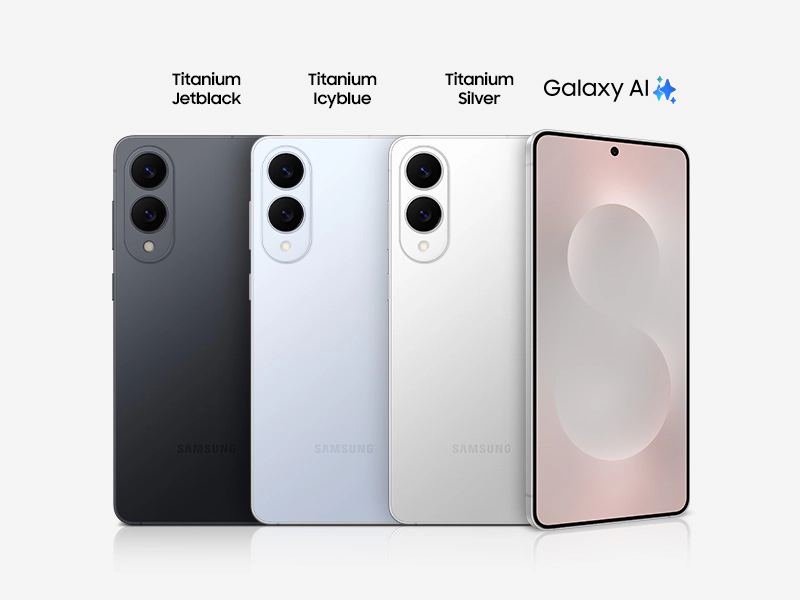
(Image source: Samsung)
Of course, the issues faced by the iPhone Air and Samsung Galaxy S25 Edge highlight the advantages of Chinese brands. According to leaks, the Xiaomi 17 Air will likely feature a 6,000mAh battery and 100W wired fast charging, addressing the poor battery life of ultra-thin smartphones at its core. The Huawei Mate 70 Air will also emphasize long-lasting battery performance.
The path forward for ultra-thin smartphones seems to lie in uncompromising performance, battery life, imaging capabilities, and peripheral features. Manufacturers should focus not on making devices thinner but smarter, ensuring that ultra-thin designs enhance—rather than sacrifice—the overall user experience.
The Ultra-Thin Air Design: An Inevitable Trend
The market has not embraced 'ultra-thin' as quickly as anticipated, but underlying signals remain noteworthy.
According to Canalys data, global smartphone shipments grew by only about 1% in the first half of 2025, with the industry still in a phase of modest growth. Samsung and Apple continue to lead, holding 20% and 18% market shares, respectively, while Xiaomi accounts for approximately 14%. Huawei has rebounded in the Chinese market with its Mate and Pura series but remains in recovery globally.
Reviewing this year's flagship releases, hardware competition has reached a point of diminishing returns. Performance-wise, all flagships feature either the Snapdragon 8E5 or Dimensity 9500, with minimal performance gaps despite differing camps (here, 'camp' refers to the distinct technological ecosystems or processor families). In imaging, nearly all pursue high megapixels and ultra-clear telephoto capabilities, making it difficult to declare a clear winner in terms of raw power.
Against this backdrop, many brands view the 'Air series' as a breakthrough—a shortcut to regain user attention and drive discussion around new releases.
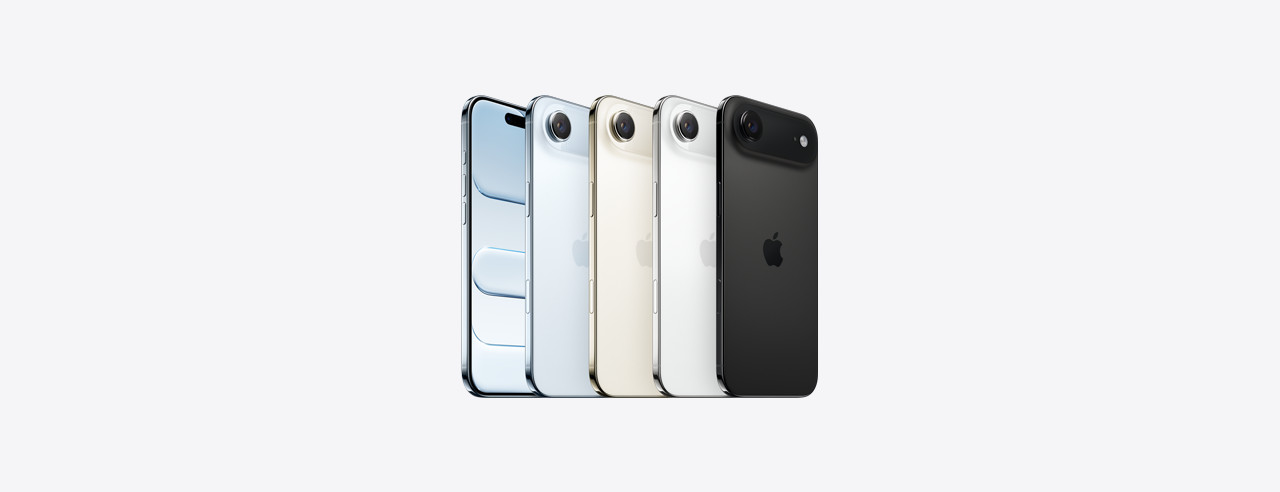
(Image source: Apple)
So far, Air smartphones have not made significant waves in the market, primarily because these new models still lag behind mainstream flagships in terms of user experience and command premium prices that fail to stimulate purchasing desire among average consumers. For instance, the iPhone Air supports only eSIM, features a single camera and speaker, and has a battery capacity of less than 4,000mAh, yet its starting price reaches $7,999. In contrast, standard flagship models in the Android camp generally offer comprehensive features at prices typically below $6,000.
As a result, aside from a niche group of ultra-thin enthusiasts, there seems little justification for spending nearly $2,000 more on the iPhone Air.
However, this does not imply that ultra-thin designs are a false proposition. On the contrary, they likely represent a 'design revolution' currently being redefined.
From a technological standpoint, silicon-carbon anode batteries, LIPO/COE packaging, stacked motherboards, titanium alloy frames, and layered thermal management systems are all providing new solutions for achieving ultra-thin designs. When manufacturers shift from merely pursuing 'extreme thinness' to using Air-inspired strategies to help smartphones 'slim down intelligently', they can create meaningful ultra-thin devices that appeal more broadly than those purely showcasing technical prowess.
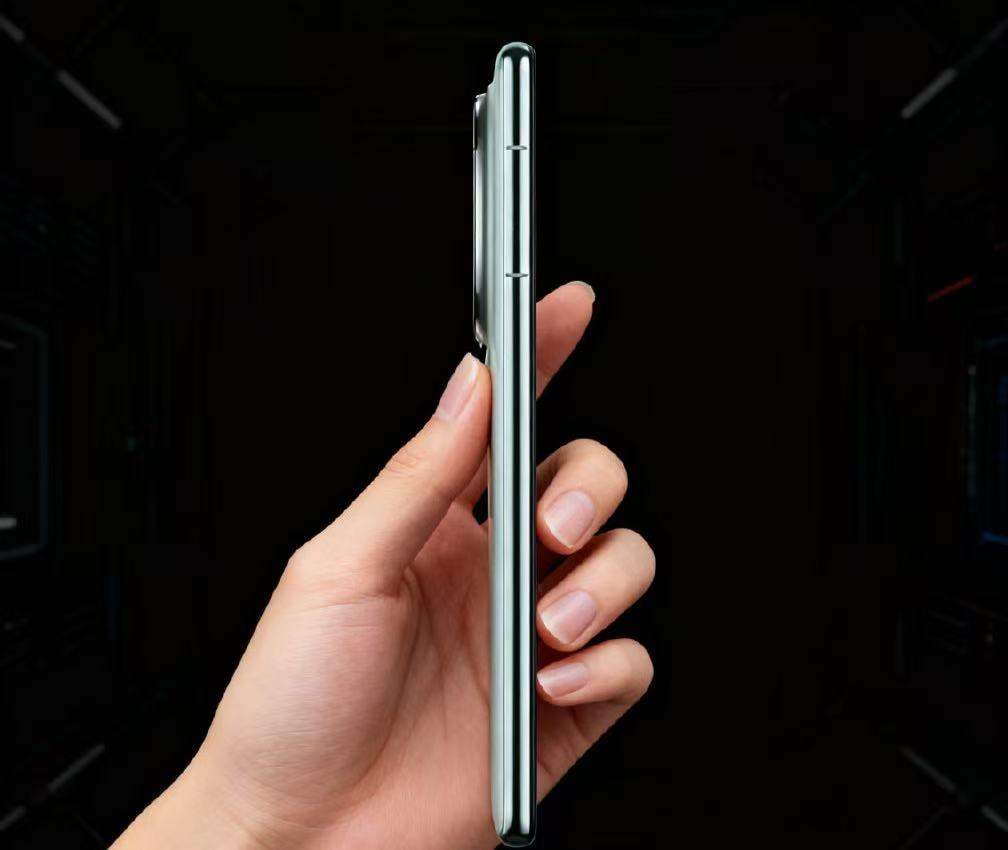
(Image source: Weibo)
Therefore, Leitech boldly predicts that while 2025 may remain an 'experimental year for Air', 2026 could very well mark the true maturation of ultra-thin flagships.
The genuine 'Air Era' will not be defined by one or two ultra-thin flagships but when thinness becomes a fundamental trait of all smartphone models—spreading ultra-thin technologies across every device, eliminating meaningless hardware stacking, and restoring 'feel' as a core aspect of the user experience. This is the true significance of Air in driving smartphone market transformation.
Source: Leitech
Images in this article are sourced from the 123RF licensed image library. Source: Leitech


